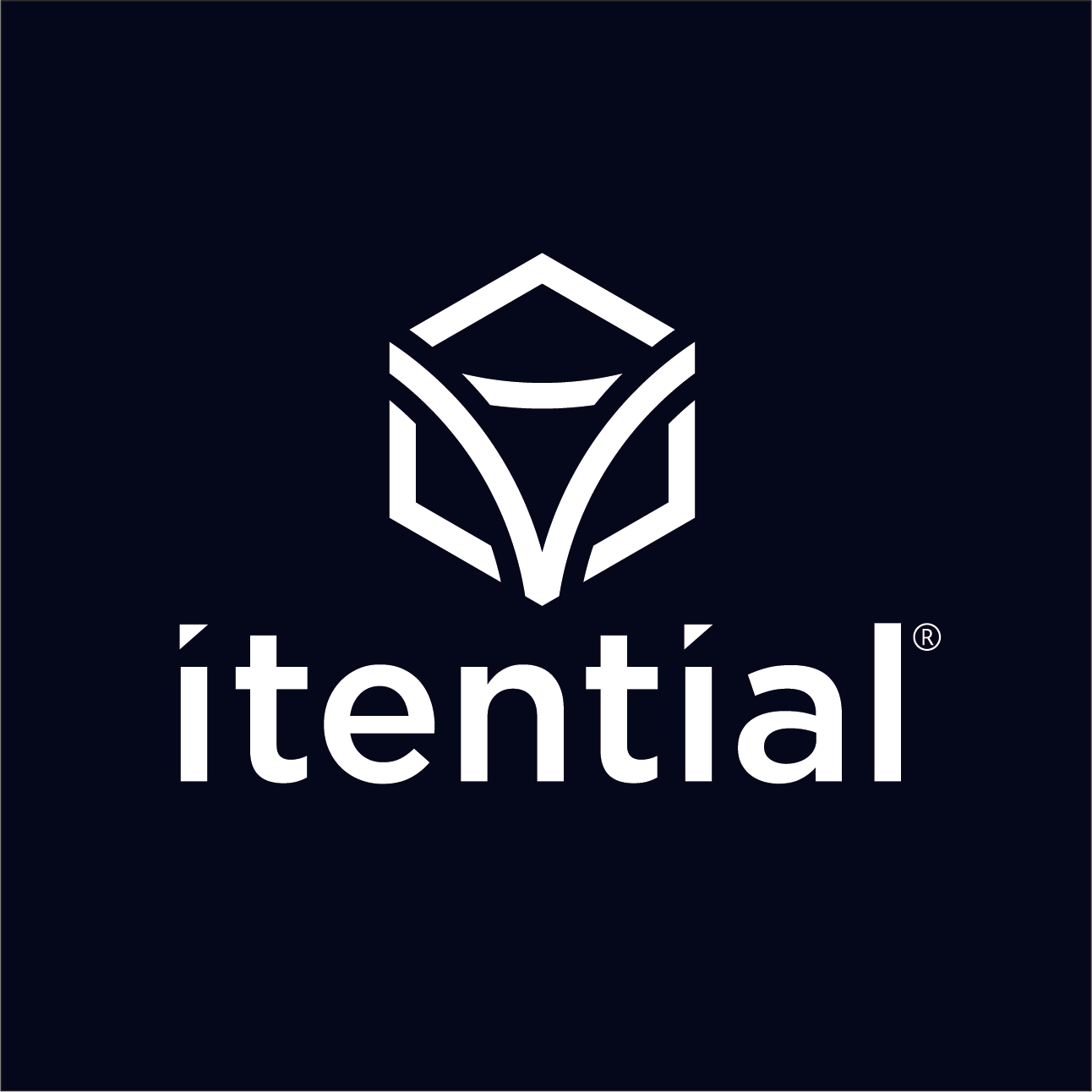With the explosion of 5G, enterprises continue to push their applications further to the edge of the network, allowing them to recognize enhanced performance, improved coverage, and new monetization models. Network modernization initiatives are providing the foundation for enterprises to expand their application capabilities even more, push services closer to end users and optimize service delivery performance. For these initiatives to be successful – and to reduce the complexity of these new network models – enterprises must shift from traditional manual processes and centralized architectures and fully embrace the power of 5G technology through advanced capabilities like automation, virtualization, and network slicing.
Network automation is a simple enough concept: use software to automate the overall management of your enterprise network. But making that happen is a little more complex, especially with 5G networks that require automation that can support multi-domain and multi-vendor technologies as services.
Things are Getting Awfully Complex
As enterprises adopt 5G technology, the complexity of their networks increases. To make the move from an existing physical/virtual network model to a 100 percent virtualized/containerized 5G network model – particularly in the radio portion of the network – requires committing to fully virtual network infrastructure (storage/compute, NFV orchestration, etc.). Additionally, 5G core functions are disaggregated to a much higher degree than 4G functions, resulting in more components to manage and coordinate, with greater complexity for deployment, operations, and troubleshooting. Organizations looking to implement private 5G networks to improve coverage and capabilities beyond what WiFi can provide are faced with a confusing array of vendors and components. Finally, 5G capabilities such as network slicing require real-time orchestration and automation across all layers of the network (5G core, RAN, and transport). None of these are possible without automation due to the scale, scope, and coordination of changes required.
In addition, a network’s lifecycle management is also becoming more complex, encompassing a much larger scope with all the physical elements, virtualized elements, and containerized functions now distributed across hybrid cloud environments.
In Search of a More Intelligent Edge Cloud
Automation addresses these challenges, delivering enhanced performance, scalability, and agility and helping organizations reduce the lifecycle management required to support physical network elements. It also enables closed-loop capabilities to easily transition from today’s network to tomorrow’s future state.
5G is also changing the way networks are managed, provisioned, and configured, requiring service providers to adopt a model of virtualization and orchestration of the network infrastructure. With 5G expanding the capacity and accessibility of broadband and low-latency mobile services, a more intelligent edge cloud is needed. Considering the sheer scale and complexity of the continuing growth of 5G deployments (according to the GSMA, 5G connections will surpass 1 billion this year and 2 billion by 2025) and the ever-increasing demand for additional multi-access edge compute (MEC) sites, it’s now clear that service providers must automate their underlying network infrastructure through virtualization technologies and software to attain the enhanced performance, scalability and agility of a 5G network.
Any Way You Slice It
Network slicing is anticipated to become a critical component for monetizing 5G by maximizing network asset utilization (creating a single network that can look and operate like multiple networks). It does so by leveraging network virtualization to divide single network connections into multiple distinct virtual connections, allowing network operators to allocate the appropriate resources per network slice. This enables enterprises to serve multiple customers or markets through a single 5G network, assists network operators in reducing expenses and capital expenditures and improves operational efficiency.
For network slicing to develop further, service providers need to evolve their tools and operations processes. This has the potential to reduce – though not eliminate – the need for enterprises to use technologies like SD-WAN or VPN for secure communications, as the network slice will provide security at the 5G level.
The need to fully automate the edge network operations lifecycle has never been more critical. As we look ahead, complexity will continue to be the biggest challenge enterprises will face as they consider the many 5G infrastructure options available to them (multiple flavors of private 5G, MEC, etc.). Enterprises will need to carefully choose their automation stack to ensure it has the flexibility and capability to address a diverse and evolving set of technologies.
Automation, virtualization, and networking slicing allow enterprises to deploy 5G services in a cost-effective manner, changing legacy workflows and processes. While technical challenges will always arise, it forces enterprises to take a holistic view of their network and focus on efficiency across compliance, automation, and other network tasks.
To learn more about how Itential can help you rapidly deploy, manage, and operationalize 5G networks with automation, click here.
Article originally published on Network Computing.


![[White Paper] Automation: The Key to Successful 5G The Key to Successful 5G](https://www.itential.com/wp-content/uploads/2022/07/Blog-Banner_Analyst-Report_5G.jpg)


